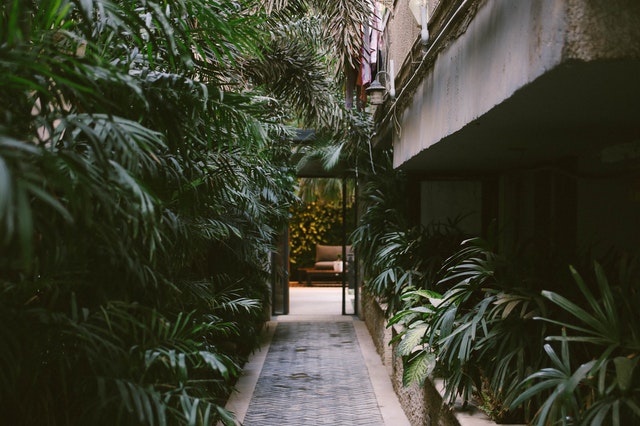The importance of sustainability is becoming increasingly greater and thus also more widely known. This is expressed in many different forms. From recycling to vintage furniture and from own vegetable gardens to cutting down on plastic. An eco-garden is another – increasingly popular – example. But how do you create one, and what is it exactly?
Natural materials and processes
As far as possible, natural materials are used. Concrete? You won’t find that there. Stone? Pebbles? Unnatural looking material? That does not belong there either. What you do see, however, are many natural, indigenous crops that flourish with little maintenance. This is because they are planted exactly where they belong. Artificial pesticides are therefore not needed, which makes it a lot better for the environment than using tropical plants.
Maintenance-friendly
The garden is extra maintenance-friendly because, as mentioned before, it attracts many animals, insects and bees. You can stimulate this by planting the right plants. Shrubs and trees that can provide food for birds include Cardinal’s hat and Gelderland rose. And single flowers with nectar and pollen, such as honeysuckle, dill, gypsophila and clover, make bees and butterflies happy. This is not only good for the environment, but also for your own peace of mind! Because the animals will take care of a lot of maintenance.
